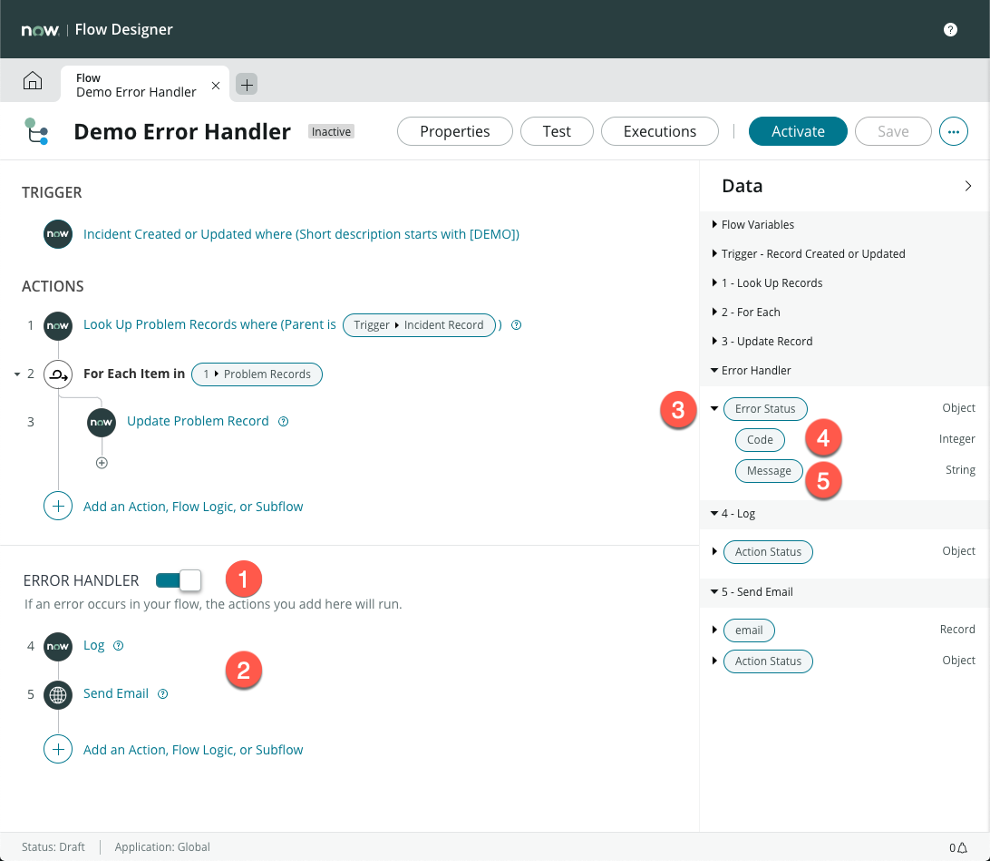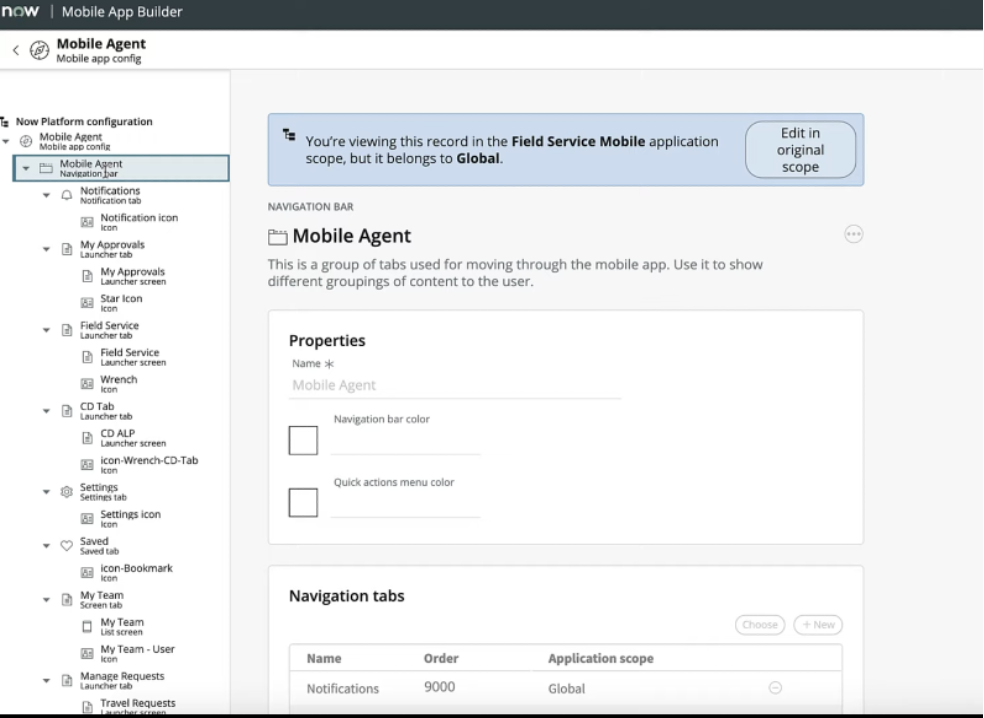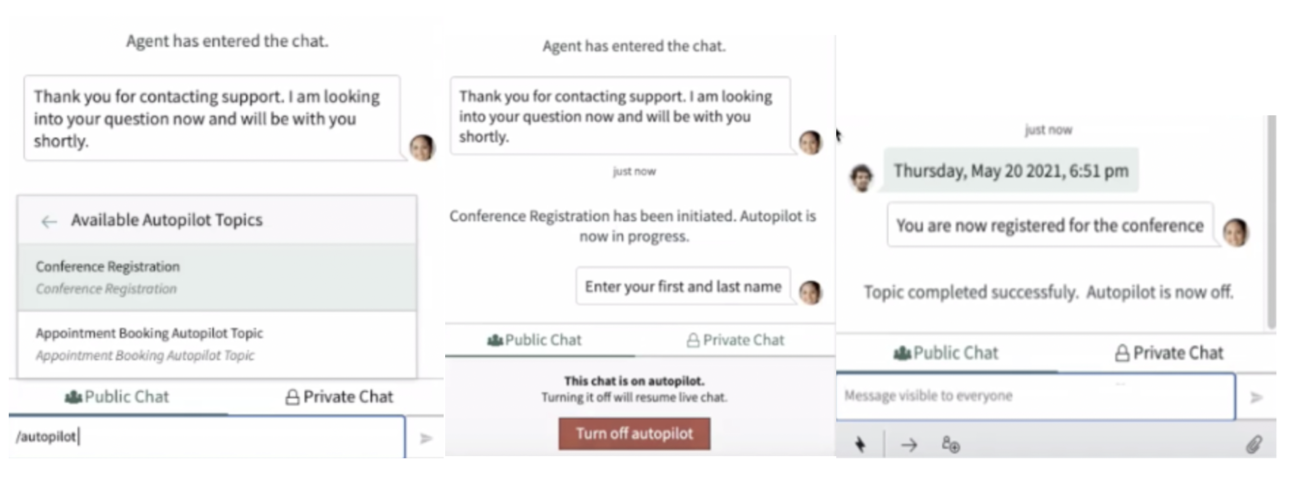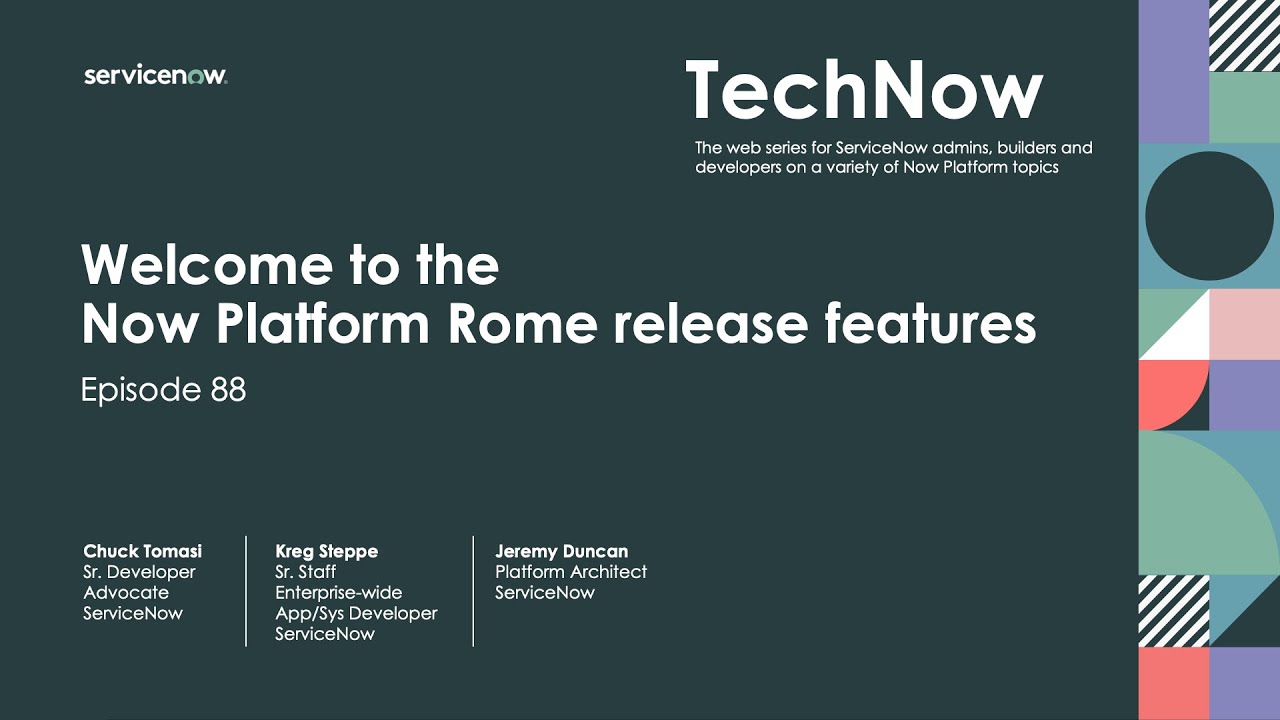ServiceNow recently launched the Now Platform® Rome release. A very exciting period in the life of our developers. What’s new? What changed? What improved and upgraded? Devoteam N Platform consultant Roman Mathieu sheds his light on things.
Today, I won’t go deep into the new, changed or removed features. I will present to you what struck me the most when going through the upgrades of the Rome release. Not so surprisingly, three concepts immediately came to my mind: simplicity, intelligence and automation. They apply numerous times in each process of the new release. Going a little further, I would even say that these are the main directions ServiceNow wants to follow in the future. In fact, the more companies benefit from simpler tasks, additionally from intelligence and automation, the more they will be able to work quicker, more effectively and focus on important tasks. In this blog post, I will illustrate these terms with some of the latest upgrades of the brand-new release.
Simplicity
First, we can clearly see that ServiceNow desires to reduce complex management of tasks or tools to permit (almost) any user to be able to do some simple developments. You do not need to be a professional to start developing or configuring a ServiceNow environment. As the releases go by, the so-called ‘No code-Low code’ platform tends to move gradually towards a No-code platform.
A good example of simplicity is the new tool of the Flow Designer, called Error Handling. Prior to the release, developers needed to handle every possible error immediately within the flow. As a result, you often had extended flows with many exceptions and different scenarios. Everything was mixed up together and the readability of the flow was complex. In response to that challenge, ServiceNow added a brand-new section specially designed for the handling of these errors.
Another example is the arrival of Mobile App Builder, the new single intuitive interface that replaces Mobile Studio. The main contribution of this new tool is the hierarchy improvements to structure all the items contained in the development of a ServiceNow mobile app. Having used the previous interface, I can undoubtedly say that this will have positive repercussions and save time.


Intelligence
The second concept ServiceNow clearly focuses on in the Rome release is intelligence. ServiceNow is a tool for every employee of a company. The common users will use it to submit incidents or requests for specific problems or needs. Other employees who play the role of decision-makers will rather use it to gather data, build reports or consult existing ones and to analyze indicators, alerts or insights. Without a doubt, the Rome release wants to emphasize that aspect by providing new dashboards, alerts and insights in pretty much every single process of the platform.
Let’s take for example the new software asset overview landing page. This tool permits to gain comprehension coming from key metrics (such as true-up costs and potential savings) and to get actionable insights into software assets via alerts and notifications. Don’t hesitate to check the new Vendor Manager Workspace landing page (ITSM), the Hardware Asset Health Dashboard (ITAM) or the Health Log Analytics Overview dashboard (ITOM) for other examples of new intelligence provided by ServiceNow.

Automation
The last topic that I wanted to address is the delegation of manual or repetitive tasks to the machine. We can find many benefits coming from automation. The most important one is probably gaining time. Since the machine is managing ‘less interesting’ tasks, it frees up time of employees for more complex tasks that require human input.
A perfect example in the Rome release is the new Conversation Autopilot in CSM. Let’s lay out the background of the problem ServiceNow solves. Usually, agents receive many times the exact same request during one day. Every time, they need to discuss with the user to get the information needed to process the request or solve the problem and generally, it’s always the same questions. With the Conversation Autopilot, agents gain a significant amount of time.
The agents can use quick actions to search for and invoke an Autopilot topic of their choice during their conversation with a requester. The system asks typical routine questions and once it obtains all the required information, agents take over the end of the conversation. During this time, the user is interacting with the autopilot, agents are able to solve other requests or perform more interesting tasks.

To conclude
This post focuses on the new Rome release, but I like to think that it goes beyond that. It approaches the direction ServiceNow wants to follow in the future. As time goes, we will observe more and more simple interfaces, intelligence and automation in the platform. It is not a coincidence that ServiceNow focuses on these three concepts. Companies constantly evolve and demand more productivity and better results from their employees. To avoid overwhelming its people and creating a stressful environment, organizations need to find the best tools and equipment to support their teams. Managers should be able to take quicker decisions. Employees should be more productive and achieve more in less time. In one word, the whole company should lead towards more efficiency.
Thanks to more result-oriented platforms such as ServiceNow, companies can achieve their objectives while keeping a reasonable amount of pressure on their employees. As a result, employees feel more productive and useful, which will have a positive impact on their motivation and satisfaction. This increase in inspiration at work will, in turn, have positive repercussions on the satisfaction of clients. They see the resolution of their requests being managed quicker and more professionally. Everything is related.
Do you have questions, or you want some more info about our ServiceNow solutions? Contact our expert Arnaud Delcroix via email.
